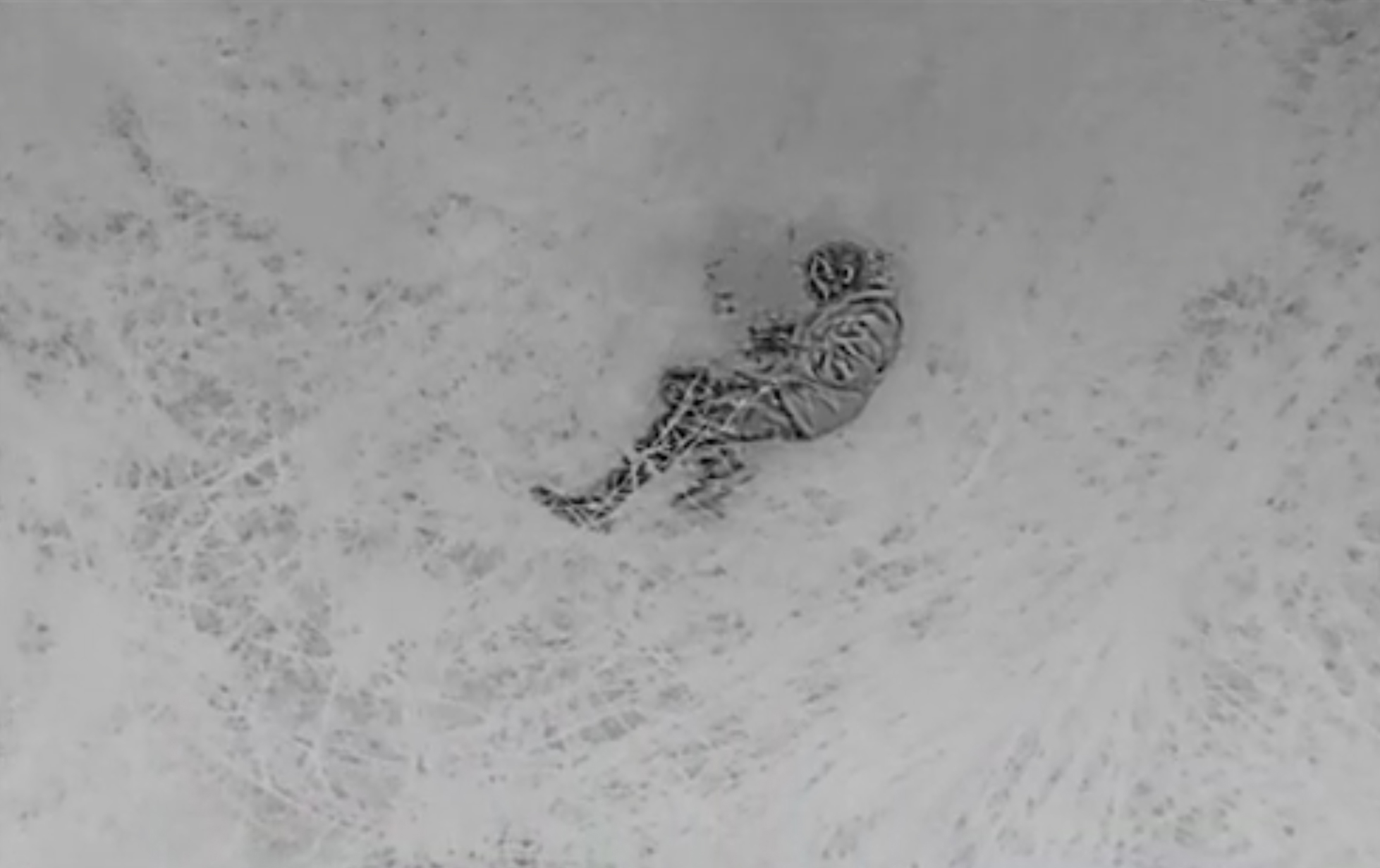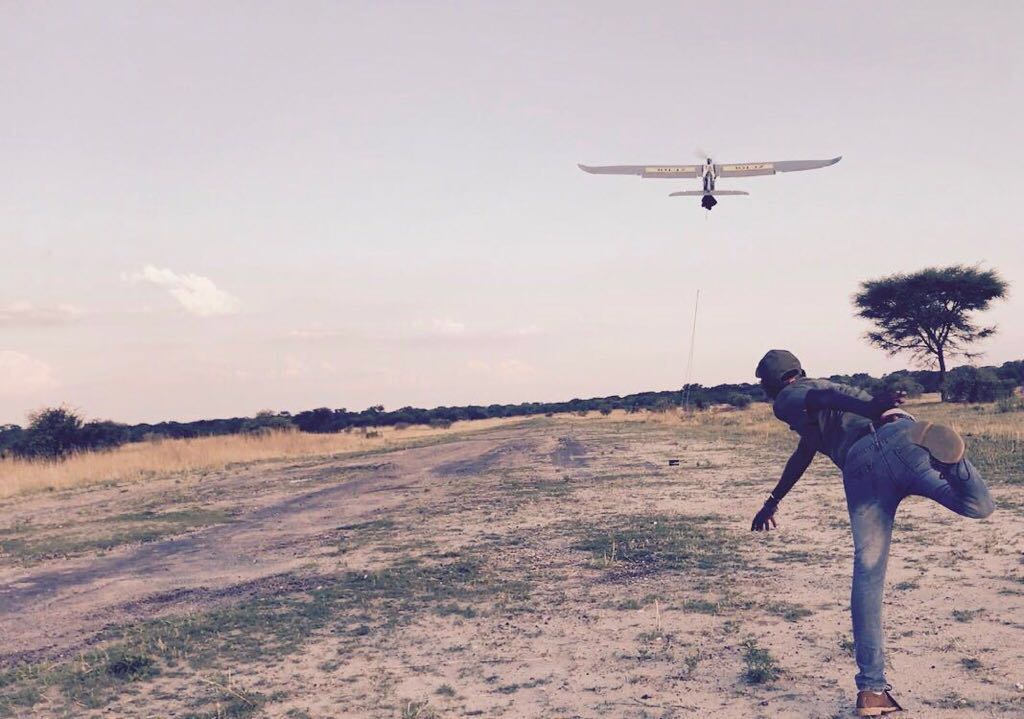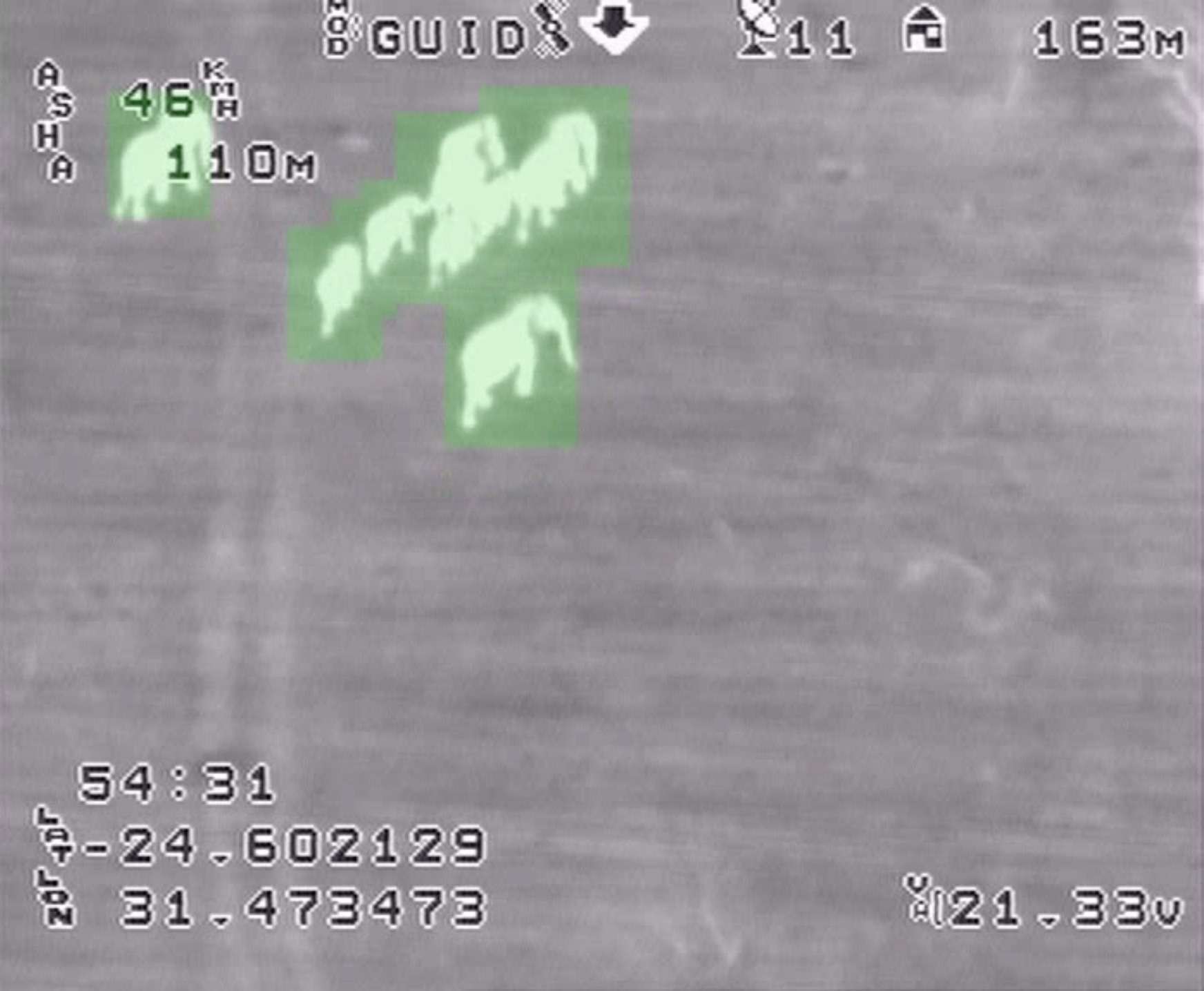Catching a wildlife poacher in the act is a tricky business. Just ask the officials and groups who have spent decades and millions of dollars searching for criminal animal hunters and traders operating covertly from South Africa to China. Their work is complicated by several factors, from government corruption that foils anti-poaching efforts to extreme poverty that draws people into the industry in the first place. But there’s also the simple issue of darkness. Poachers tend to go about their illicit business under cover of night, and it’s hard to find people among millions of square miles of pitch-black forest.
“Eighty percent of poaching happens under the cover of darkness.” says Otto Werdmuller Von Elgg, the head of a pioneering group of conservationists, entrepreneurs and researchers called Air Shepherd. His team is using a high-tech combination of airborne drones and artificial intelligence (AI) to find poachers at night, tipping the scales in conservationists’ favor. “We’re going to take the nighttime back,” he adds. Air Shepherd has worked in South Africa, Zimbabwe and Malawi; it’s about to launch in Botswana as well.
Air Shepherd drone tracking suspected poachers
Stopping or even just slowing poachers could have big benefits for the countries where they operate. Residents of such countries often depend on wildlife to support the local economy, in part by attracting tourists who want to see animals like elephants and rhinos run wild. But poaching has broader global ramifications, too. Money earned in the illicit animal trade — more than $10 billion by some estimates — funds other criminal activities, including terrorism. And in a broad sense, the loss of biodiversity harms the planet’s ecosystems and contributes to a slew of other environmental problems.
TIME Special Report: The Drone Era

Air Shepherd’s poacher-spotting strategy combines conventional methods with camera-equipped drones and image-processing software. The group begins pursuing a specific group of poachers after government or police partners tell it about an upcoming operation, or provide a location where poachers are expected to appear. Then, one of Air Shepherd’s 40 pilots navigates a drone — think in this case of a stealthy aircraft that looks like a large model airplane — to the area to collect visuals. The drones use both typical cameras and heat-sensitive infrared optics, the latter of which can easily spot warm-blooded mammals in the dark, humans or otherwise.

In the past, Air Shepherd’s spotters have spent the night studying the drones’ images for clues about poachers’ whereabouts. Whatever they have found — from the nighttime movements of poachers to the location of a fast-approaching elephant that might be their next target — was sent to rangers on the ground, who then used that intel to inform their anti-poaching efforts.
With the launch of its Botswana project, Air Shepherd is hoping to improve its process by outsourcing that tedious analysis work to machines. To allow that to happen, researchers from the University of Southern California spent six months carefully identifying some 180,000 individual poachers and animals in 40,000 images. Their classifications were then used to train machine learning software to look for such clues nearly instantaneously, all without the human problem of late-night fatigue.
That could be a huge help, given the scope and scale of the images of the drones collect. Each picture shows an area about half the size of a football field, and the drones capture a lot of footage — some 25 frames per second. “This drone technology, in addition to the work we have done with machine learning and AI, this is a much more comprehensive system,” says Elizabeth Bondi, a USC computer scientist who led AI research for the project.

Air Shepherd’s footprint is small at the moment, operating in just four countries. But Werdmuller Von Elgg sees the potential to expand anywhere there is illegal poaching. That includes elsewhere in Africa, but also in the world’s oceans, Asia and even parts of the U.S. “It’s an absolute no-brainer,” he says. “The only other option is you go and deal with a carcass of the dead animal in the morning.”
There isn’t much time to spare before carcasses are all that remain of several endangered species. The African elephant continues to suffer losses; less than 500,000 now roam the continent. Rhinos live in few places outside national parks and other protected areas. And the population of the western lowland gorilla has declined by 60% over the last two decades, in large part due to illegal poaching. If these animals are to be saved for the benefit of wildlife enthusiasts and ecosystems alike, efforts like those of Air Shepherd will likely play a key role.
More Must-Reads from TIME
- Cybersecurity Experts Are Sounding the Alarm on DOGE
- Meet the 2025 Women of the Year
- The Harsh Truth About Disability Inclusion
- Why Do More Young Adults Have Cancer?
- Colman Domingo Leads With Radical Love
- How to Get Better at Doing Things Alone
- Michelle Zauner Stares Down the Darkness
Write to Justin Worland at justin.worland@time.com